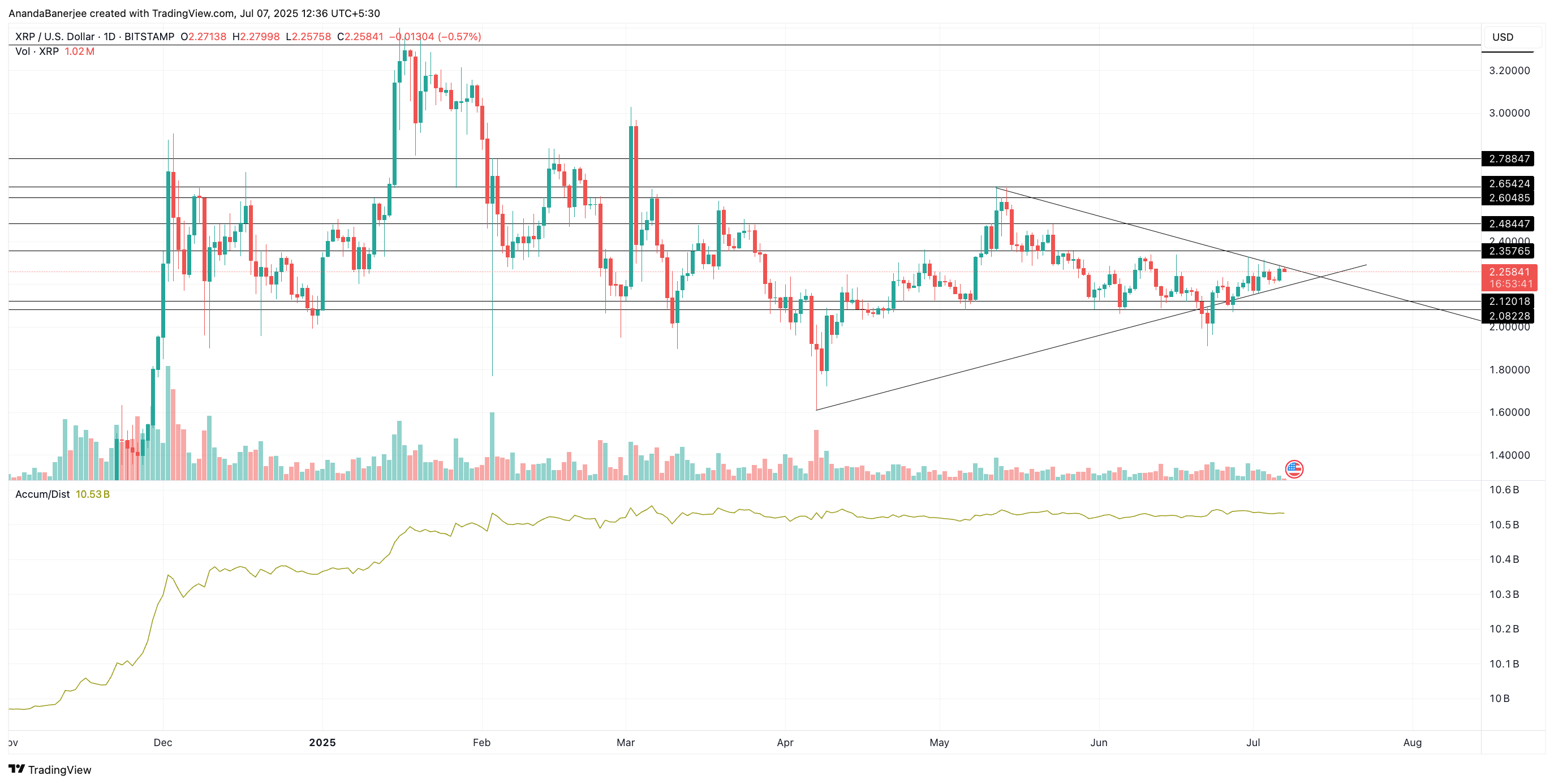
New York is mirroring the United States’ embrace of Bitcoin to unfurl its ambitions to become the crypto capital of the world. NYC Mayor Eric Adams is at the center of the Bitcoin push, taking swipes at critics while confirming the city’s first-ever Crypto Summit.
New York’s Mayor Unveils Ambitious Bitcoin And Cryptocurrency Plans For The City
While the US is steamrolling toward a warm embrace of Bitcoin, New York City is keen on matching the pace of the Trump-led administration. NYC Mayor Eric Adams revealed in a press conference that the city has ambitious plans to be the cryptocurrency capital of the world.
Adams is urging service providers in the cryptocurrency space to turn their gaze to New York and set up shop in the Empire State. In his press statement, Adams expressed a long-term commitment to cryptocurrencies and their underlying technology while highlighting the benefits for residents. Adams is luring crypto firms with a pledge to create a friendly regulatory landscape in New York, hinting at passing a Bitcoin Reserve Bill akin to New Hampshire.
“We should be looking forward to building empires, particularly in the crypto space,” said Eric Adams. “My goal remains the same as it was on day one as mayor: making New York City the crypto capital of the globe.”
Adam’s affinity for cryptocurrencies is not a bolt from the blue, with the NYC mayor famously advocating for Bitcoin back in 2021. With BTC price exceeding $105K and the US setting a Strategic Bitcoin Reserve, the NYC Mayor teased critics by asking, “Who is laughing now?”
A First-Ever Crypto Summit For NYC, But The NYDFS May Derail Plans
In a similar fashion to the White House Digital Asset Summit, NYC Mayor Eric Adams says the city will host its inaugural Crypto Summit. Scheduled for next week, the conference will feature representatives of cryptocurrency firms, regulators, and city officials to chart a new path for the city.
The summit will feature keynote addresses revolving around the viability of a state-owned Strategic Bitcoin Reserve and a new licensing regime for crypto firms. Despite the ambitious plans, critics say the New York Department of Financial Services (NYDFS) may stifle the city’s cryptocurrency ambitions..
The NYDFS has earned a name as a strict regulator, famed for its watertight Bitlicense for potential cryptocurrency service providers. To make substantial progress with Bitcoin and cryptocurrencies, the NYDFS will be required to relax its tough rules, but Adams hails the regulators’ tough stance as a win-win for New York.
“It’s good to know that the city is going to have safe regulations in place for those who are investing, and there’s not going to be any abuses,” said Adams.
New York’s bid to revolutionize its digital asset landscape comes in the middle of a seismic rally that sees Bitcoin and other cryptocurrencies as altcoin season gathers steam.
The post “Who Is Laughing Now” – New York City Mayor Endorses Bitcoin Ahead Of Crypto Summit appeared first on CoinGape.









